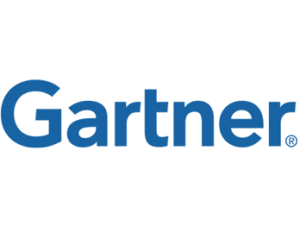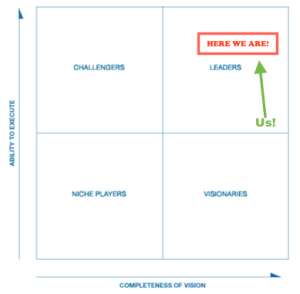Why Apple isn’t likely to compete with Tesla
With nearly $200 billion in cash on its balance sheet, Apple can do almost anything – including buying Tesla at a relatively affordable market cap of just $25 billion. But the swashbuckling Elon Musk's electric vehicle and reusable SpaceX rocket depend on technological breakthroughs and big capital investments over long periods before seeing a payback. That just isn't how Apple rolls.The abbreviation for research and development at Apple should be r&D (small r, big D) because the company keeps the riskier research small and invests big in development. The battery breakthroughs needed for mainstream electric vehicles are still on the horizon, and Apple doesn't have the cultural disposition to put its battery patents in the public domain to stimulate innovation as Tesla did. Nor does Apple have the stomach to make big investments to achieve speculative economies of scale needed for a mass-produced electric vehicle like Telsa has in its battery Gigafactory. No one at Apple has ever said anything like JB Straubel, Chief Technical Officer and Co-founder of Tesla Motors, has said:To read this article in full or to leave a comment, please click here


